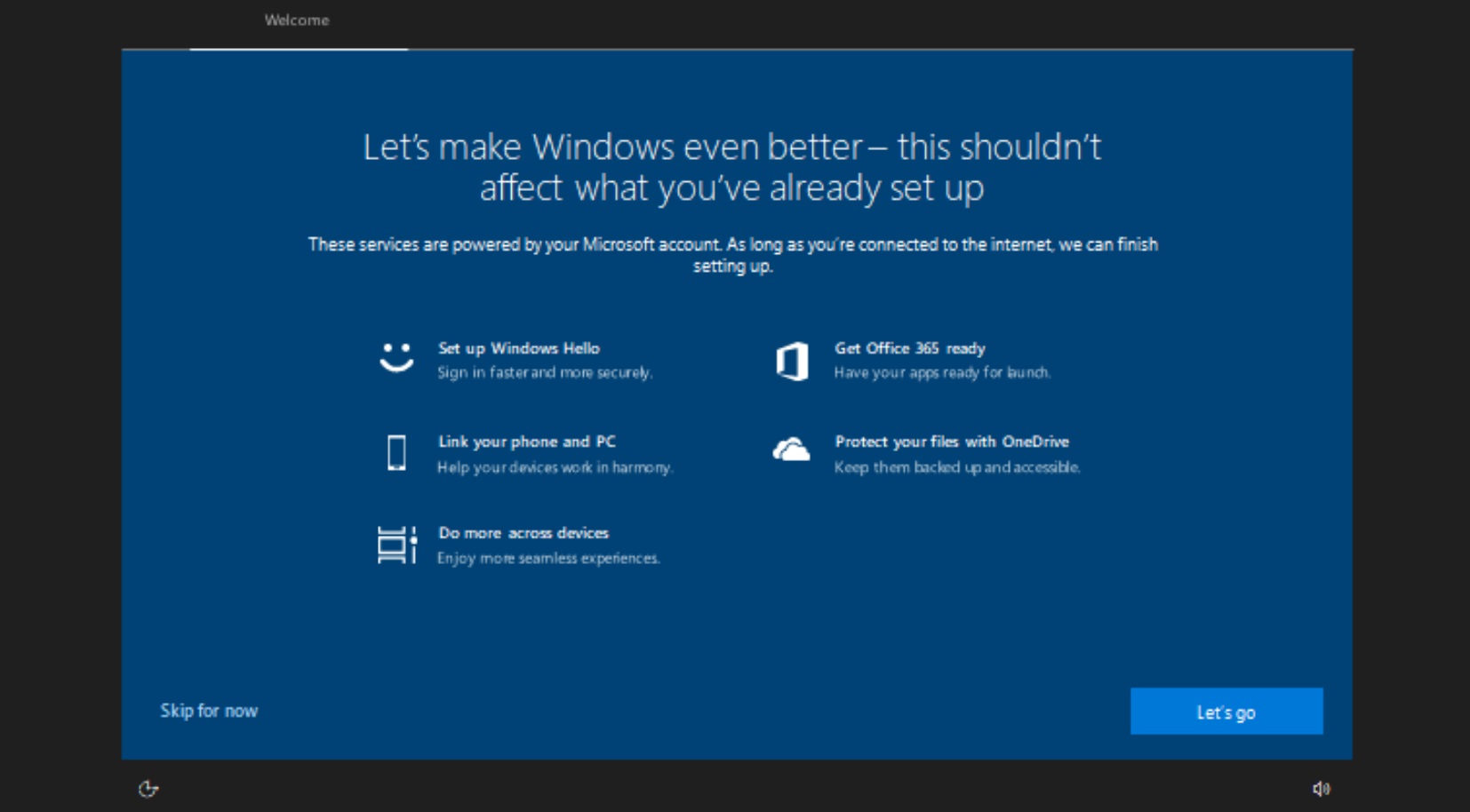

- WINDOWS HELLO SETUP FOR MULTIPLE USERS HOW TO
- WINDOWS HELLO SETUP FOR MULTIPLE USERS PASSWORD
- WINDOWS HELLO SETUP FOR MULTIPLE USERS WINDOWS
If you want some sound guidance on what deployment model is right for you, check out this post from Microsoft.
WINDOWS HELLO SETUP FOR MULTIPLE USERS WINDOWS
WINDOWS HELLO SETUP FOR MULTIPLE USERS PASSWORD
This is different than traditional AD passwords where compromising the DC could expose every single user password through the Ntds.dit file, as just one example. Again, the main benefit here is that the only place the secrets for a user are stored is on their device and they are well protected. When the user logs in next time, they will sign some data using their private key which is tied to their device and then send that over to the identity provider to verify the user and authenticate them. The Identity provider (Azure AD or AD) will then map a public key for that user. Once you’ve gotten WHfB deployed and user logs in they will be asked to register that device with a screen similar to this: This is way more secure than passwords, which can be replayed from anywhere. This means in order to steal your identity through WHfB, somebody would have to steal your physical device. Some of the extra security comes from the user’s PIN or biometrics being tied to the device on which they registered. While Microsoft provides lots of documentation and technical details on Windows Hello for Business, I think this is the simplest and best way to summarize it. WHfB is a form of multi-factor authentication that lets a user log in with something they have (their laptop or phone) and either something they know (a PIN) or something they are (biometrics). Now let’s dig into what Windows Hello for Business is all about. In my lab, I will be using SbPAM for that anyway (shameless plug I know, but really, I would). If you really need that, you have to bring in ADFS and use a certificate trust deployment. This does not currently support remote desktop connections with WHfB. To accomplish this, I chose the Hybrid Azure AD Key Trust deployment model ( see here). With that setup, my goal was to be able to log into the workstation as a user without a password and access an on-premises resource (file share) and a cloud resource (Teams / SharePoint Online / Azure) without being prompted to enter a password. Azure AD Connect synchronizing users and hashes, no AD Federation Services.

Here is the basic set up of my Hybrid lab for this test.
WINDOWS HELLO SETUP FOR MULTIPLE USERS HOW TO
This blog does not cover an in-depth guide on how to set up or configure Windows Hello for Business, but I will provide resources that I found very useful when setting up my own lab as it can get a bit complicated in places if you don’t understand all the steps (which I definitely did not when I started).



 0 kommentar(er)
0 kommentar(er)
